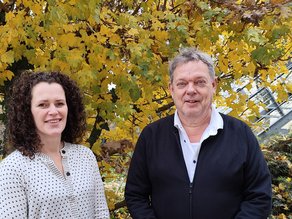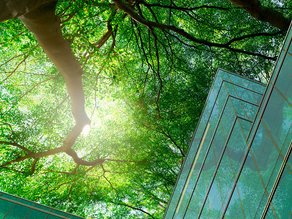100% natural shell insulation from Isoshell with CAT 1 data in the NMD
Heleen Dingemanse became the owner of the company Isoschelp together with her husband in 2009. Since 2002, they had been doing shell insulation transport and when the then owner of Isoschelp retired, Heleen and her husband decided to continue the business.
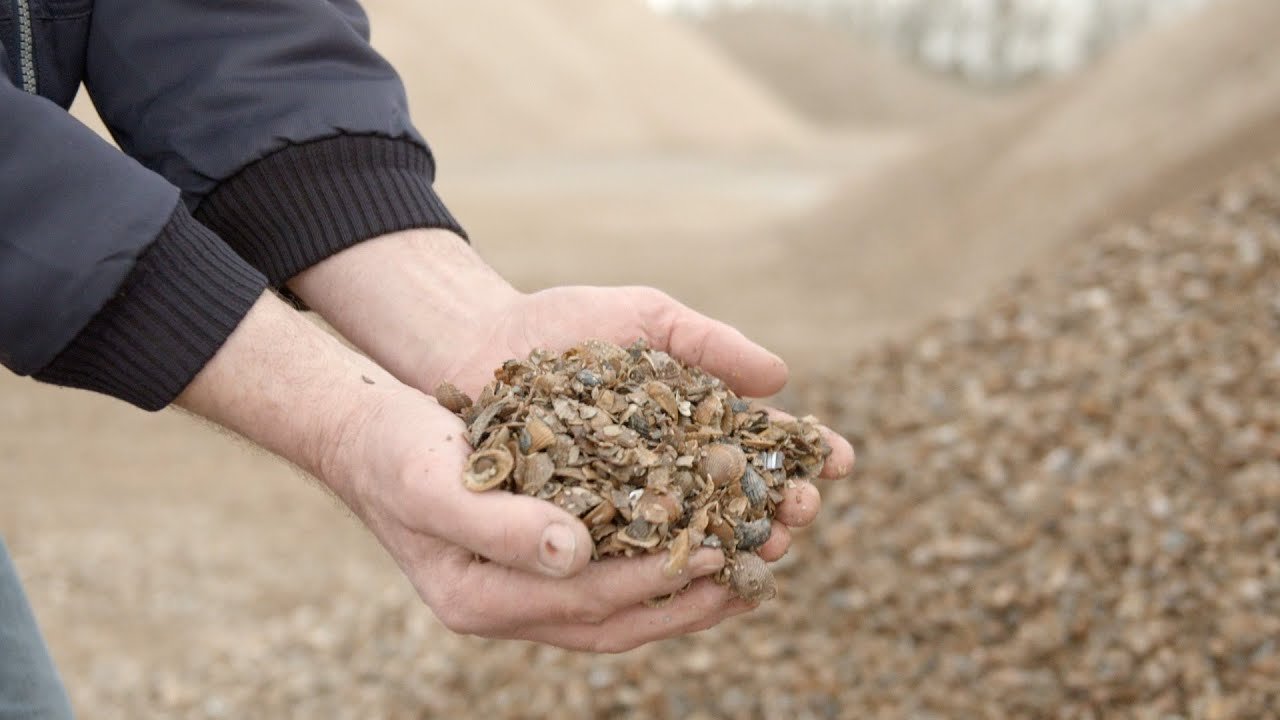
Insulating homes with shells is as old as the road to Rome. But real. Shell insulation has been found under the marble steps of Roman buildings. In the Netherlands, shell has been under Zaanse houses for more than 400 years. Because of their shape, shells provide a thick layer of insulation at the bottom of the crawl space of homes. Shells are also known for their moisture-resistant properties. Isoshell commissioned an LCA of shell insulation. The product has been in the National Environmental Database with category 1 data since 2023.
Heleen Dingemanse became the owner of the company Isoshell in 2009 together with her husband. Since 2002 they had already been doing the transportation of shell insulation and when the then owner of Isoschelp retired, Heleen and her husband decided to continue the business.
"Shell insulation is such a beautiful product, we wanted to continue with it. Shells naturally have an insulating and moisture-resistant effect and they are responsibly extracted from nature. That makes shells a 100% natural insulation material without any chemical processes."
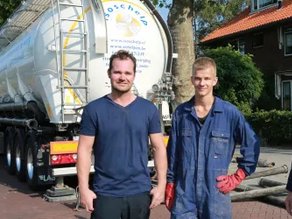
Medewerkers team
Isoschelp
Biobased insulation material
Although shell insulation is one of the oldest forms of insulation, it is far from being known to everyone. Heleen does see that changing recently. "There is increasing attention to biobased building. People are more often consciously looking for sustainable solutions. Think more about what they put in and under their homes. As a result, we see interest growing."
"And the experiences are so good that awareness is growing mainly through-via. People tell each other what shell insulation does to their indoor climate. We had a private customer from Wageningen who had shell insulation in his house in the crawl space to his great satisfaction. When he moved, he had problems with rising damp in his new house. He called, we put in shell insulation, he never suffers from moisture again and the indoor climate in his house has greatly improved. It's just a magnificent product."
Naturally high lime content
Shell insulation involves depositing a thick layer of shells of 25 centimeters or more in crawl spaces. Cockles, in particular, are used for this purpose. "The cockle shells are fished from the North Sea and Eastern Scheldt They are dead materials that collect in the sea, depending on the currents, on shell banks. They are then washed and sorted by size. Cockle shells are very strong and have a high lime content. They consist of more than 95% lime. This makes for very dry air. Even if there is water in the crawl space, the air is dry."
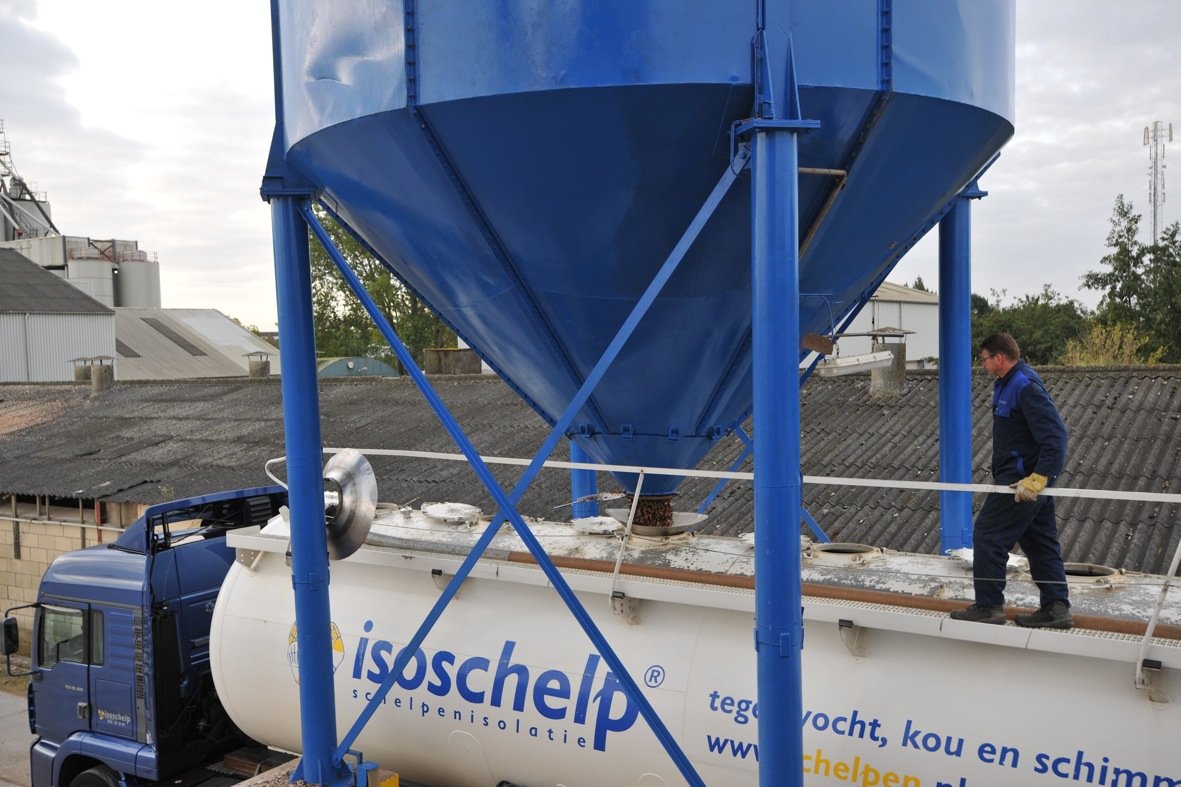
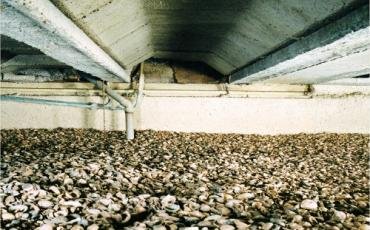
Infinite effect
Heleen explains that with shell insulation, ventilating the crawl space is not necessary. "That's because of that high lime content. As a result, you get such dry air that the outside air is more humid than in the crawl space. Because of their shape, shells provide a thick layer of insulation that prevents rising moisture, mold and cold in the crawl space."
"Also unique is that shells have infinite action. They keep doing it forever. They can't rot and mold or catch fire, because they disintegrate with extreme heating. It is by nature a product with wonderful properties."
Recognition
Heleen is proud that Isoshell shell insulation is now listed in the National Environmental Database. "That's very important to us. It's a kind of recognition for our product. The score is also a confirmation of what we have been saying for years. The environmental cost is €0.75 for a lifetime of 75 years."
To make the LCA, Isoshell was able to collaborate with Wageningen University. "Students collaborated on this. That's how this was made possible for us as a small company."
Combating moisture problems
Isoschelp's goal now is to make shell insulation ever more widely known. "We would like to shout from the rooftops about the power of our bio-based insulation material. We notice that in Belgium architects already prescribe shell insulation much more often than here in the Netherlands. They do a lot of ecological construction there. I hope that this way we will also become more widely known in the Netherlands."
"There are still plenty of houses that could use insulation and with the wetness in the Netherlands and increasing moisture problems, there is a good chance that they will increasingly turn to our product."
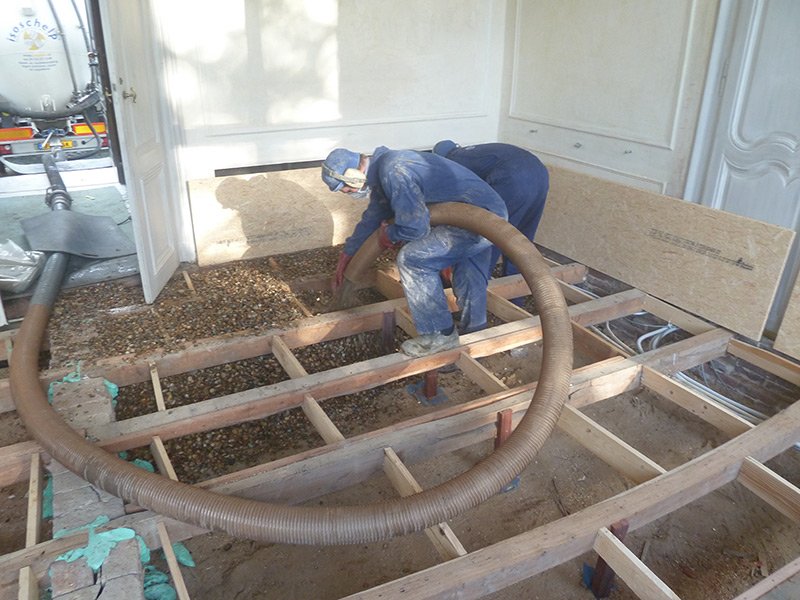
This page is translated using Deepl translate
